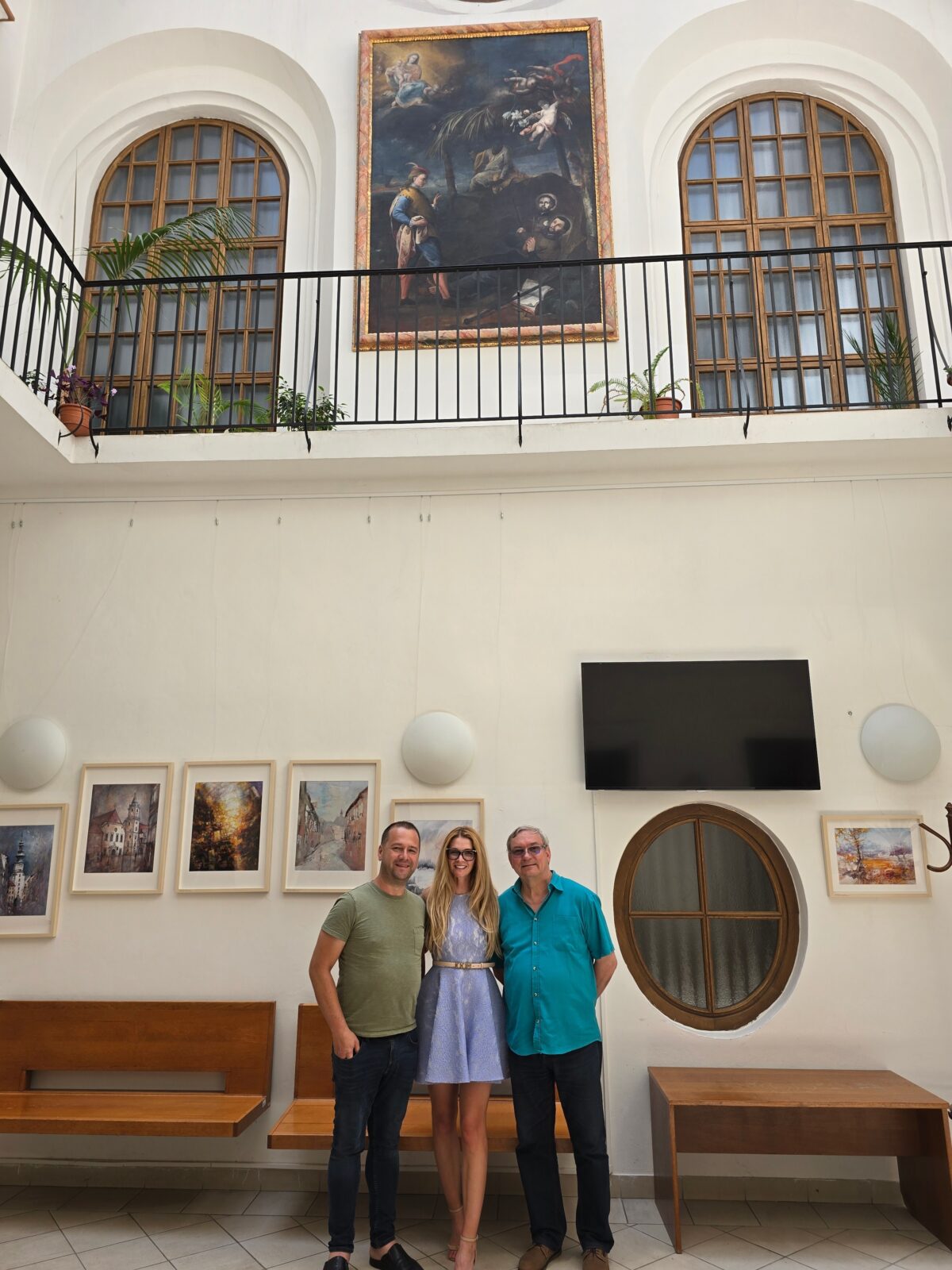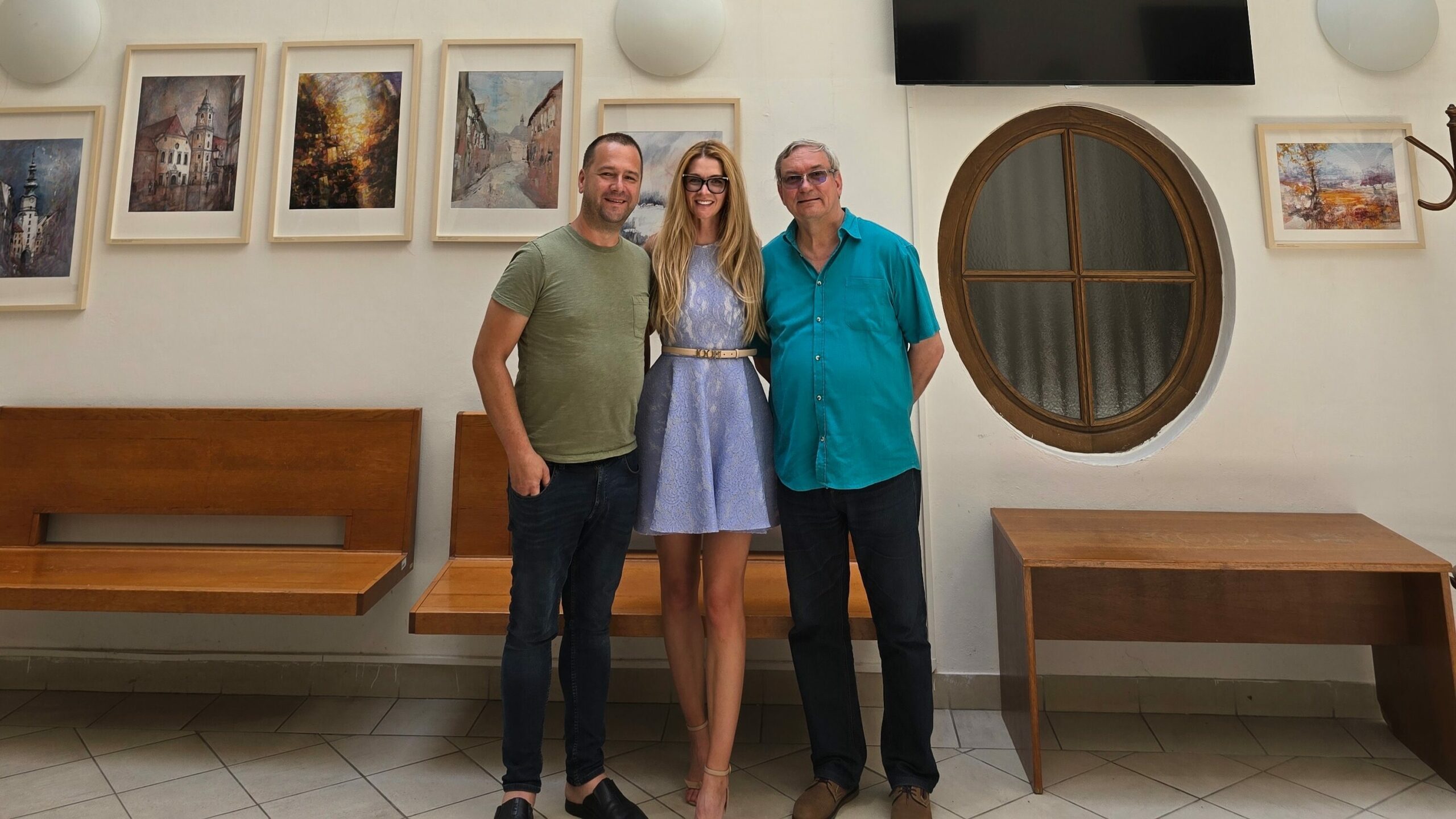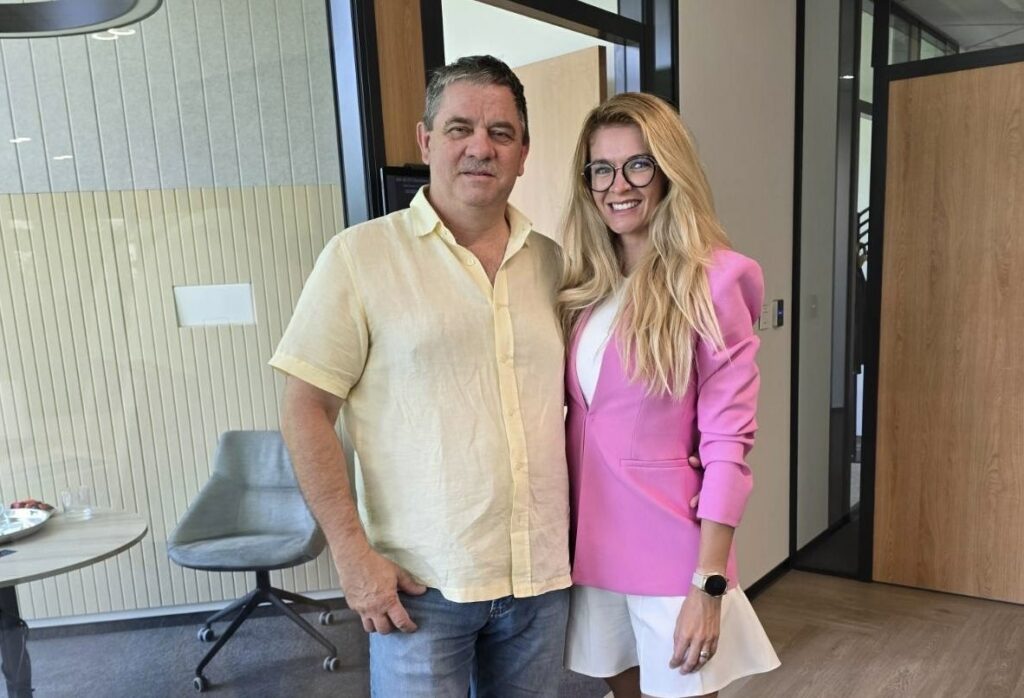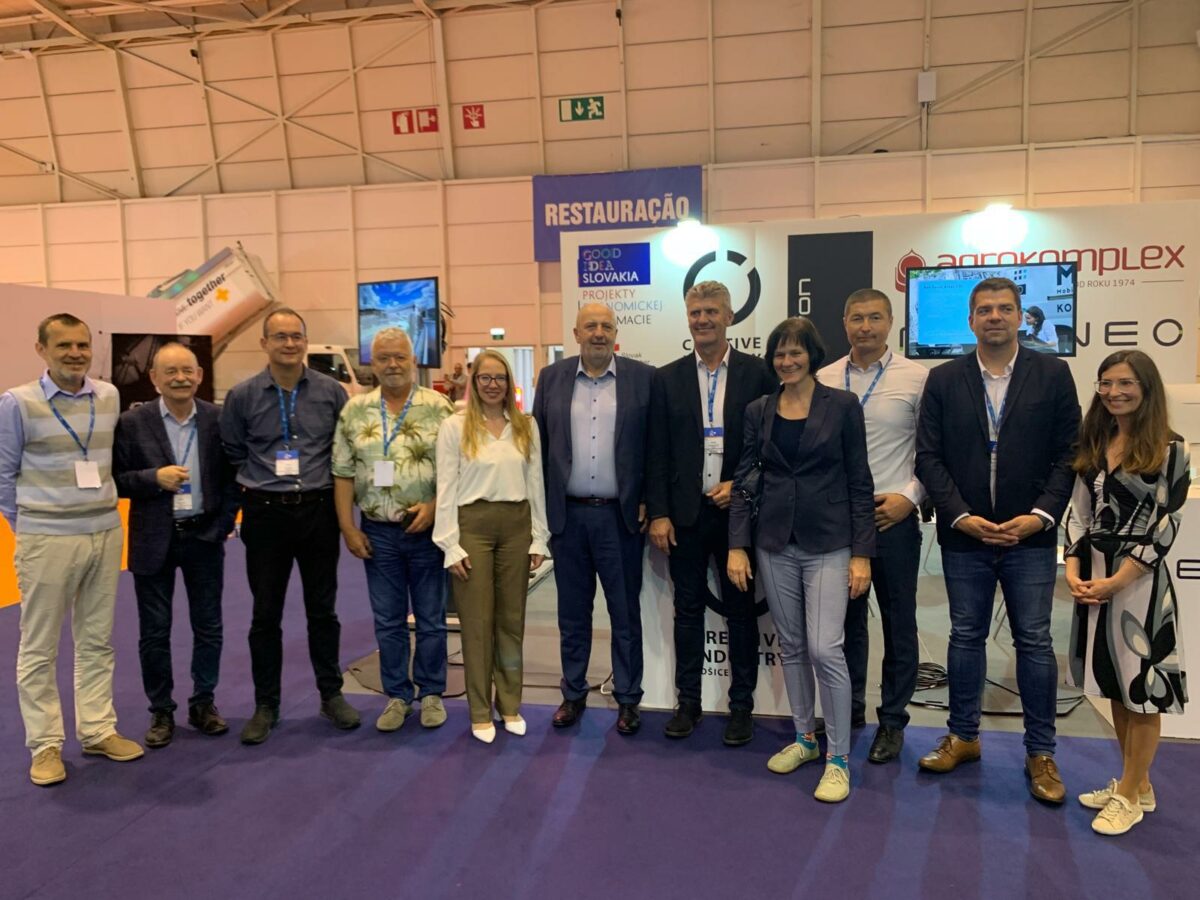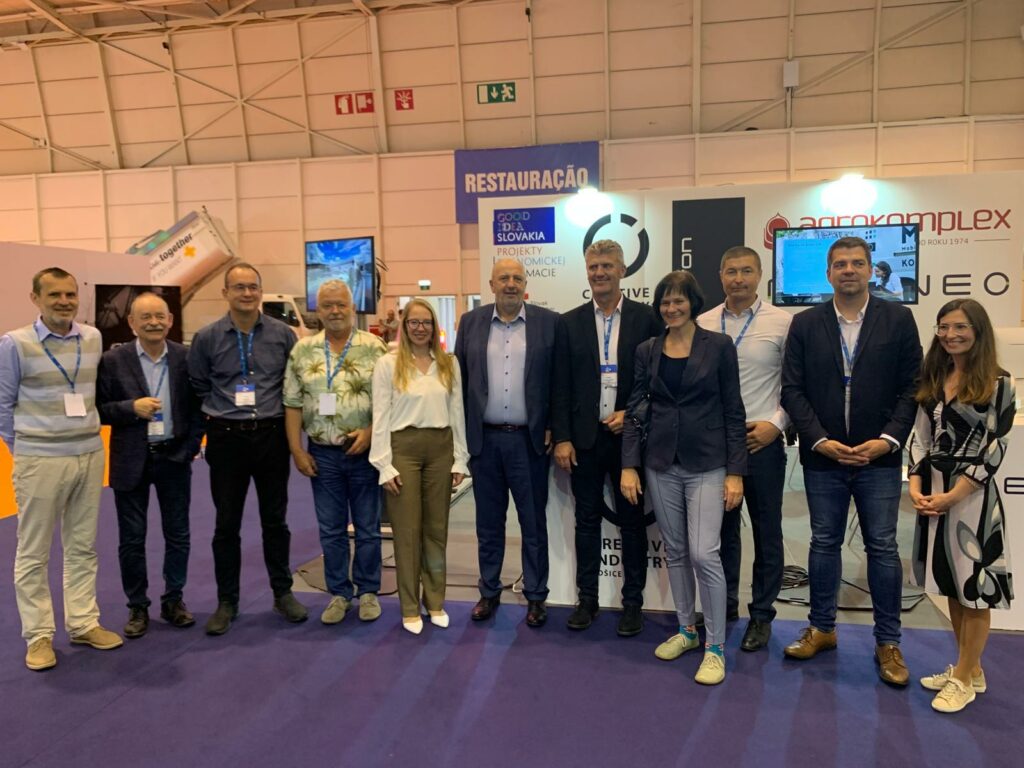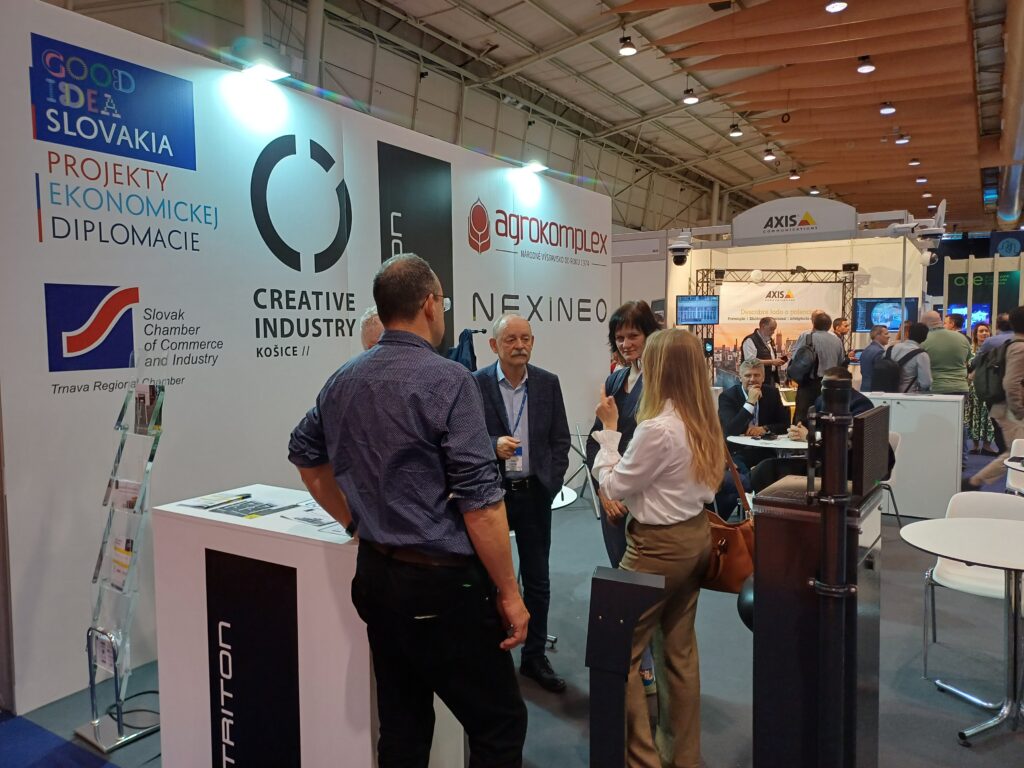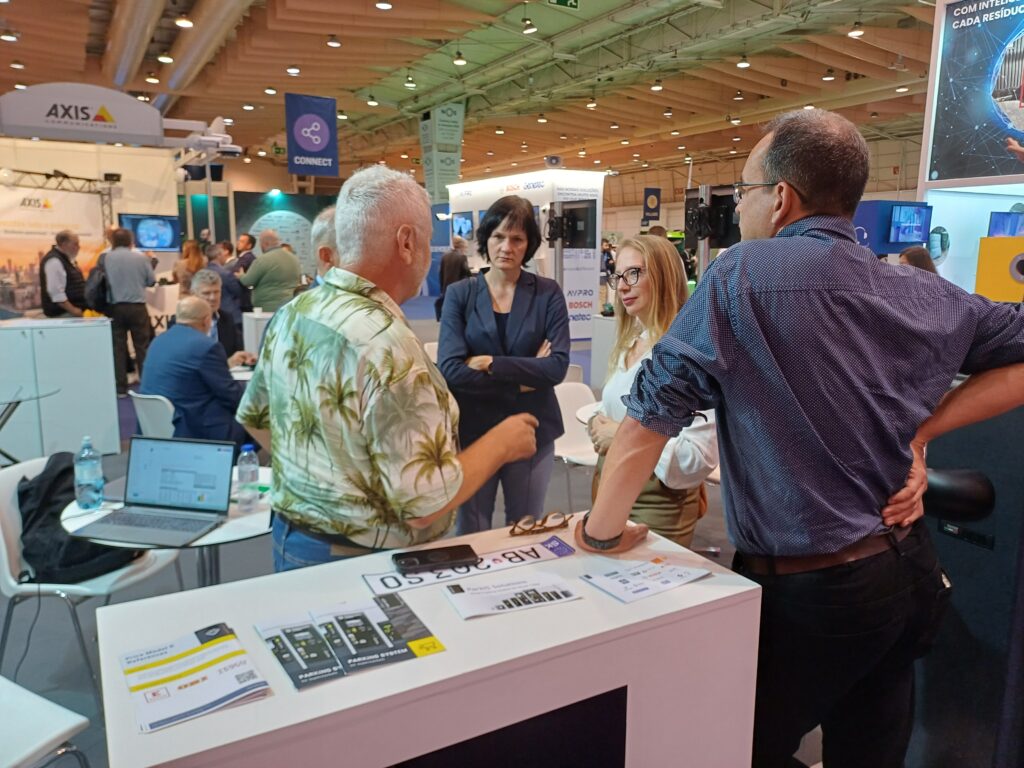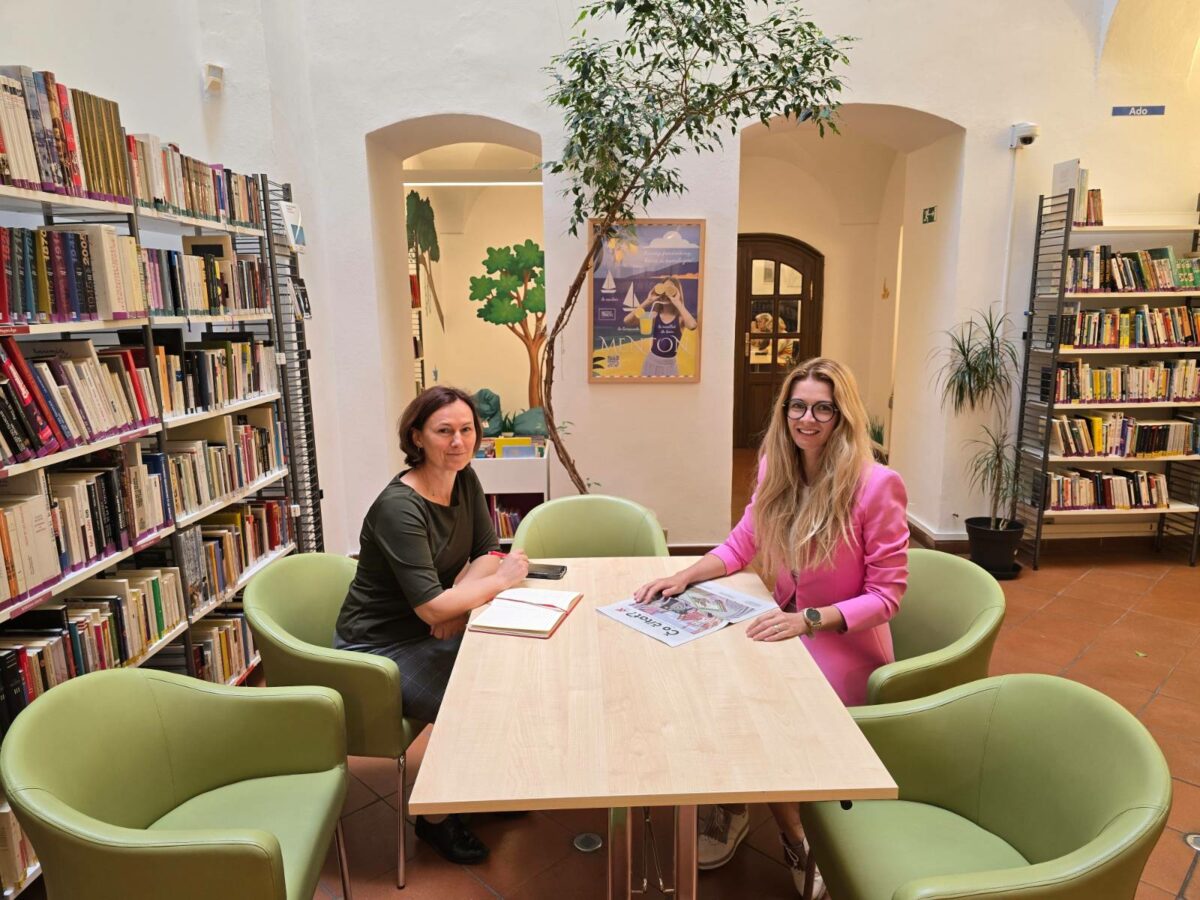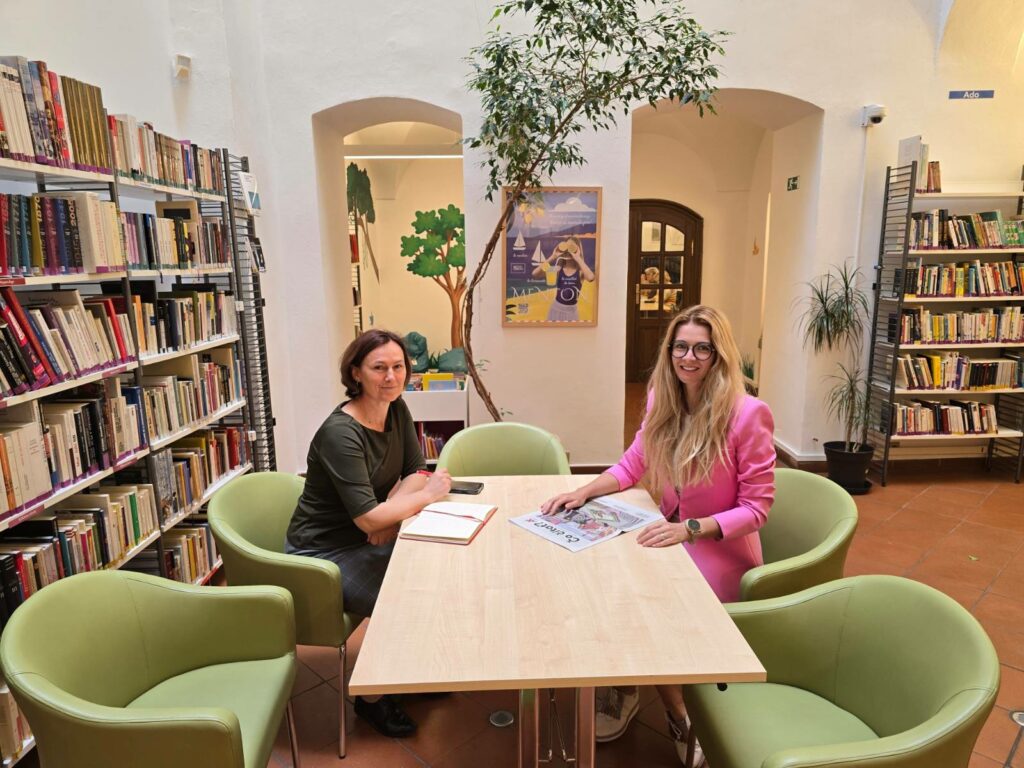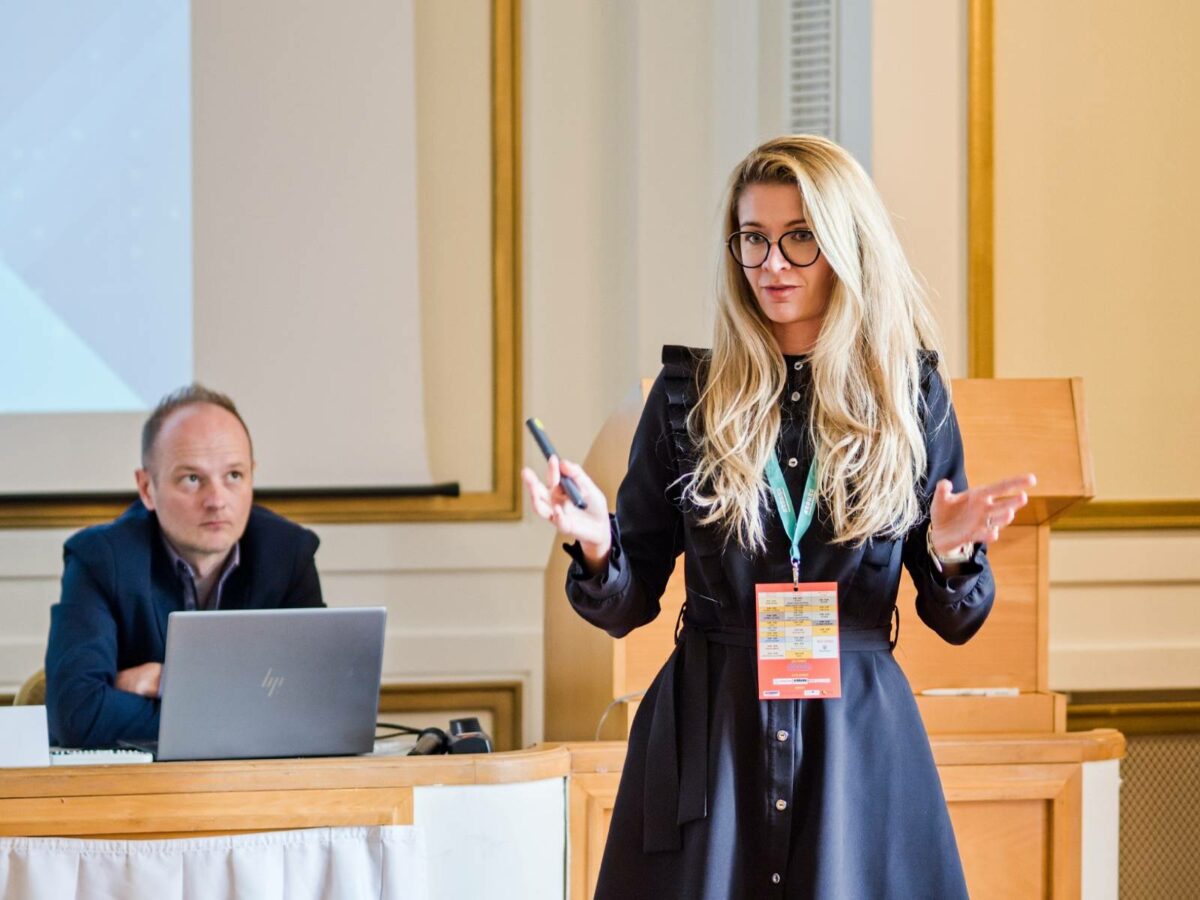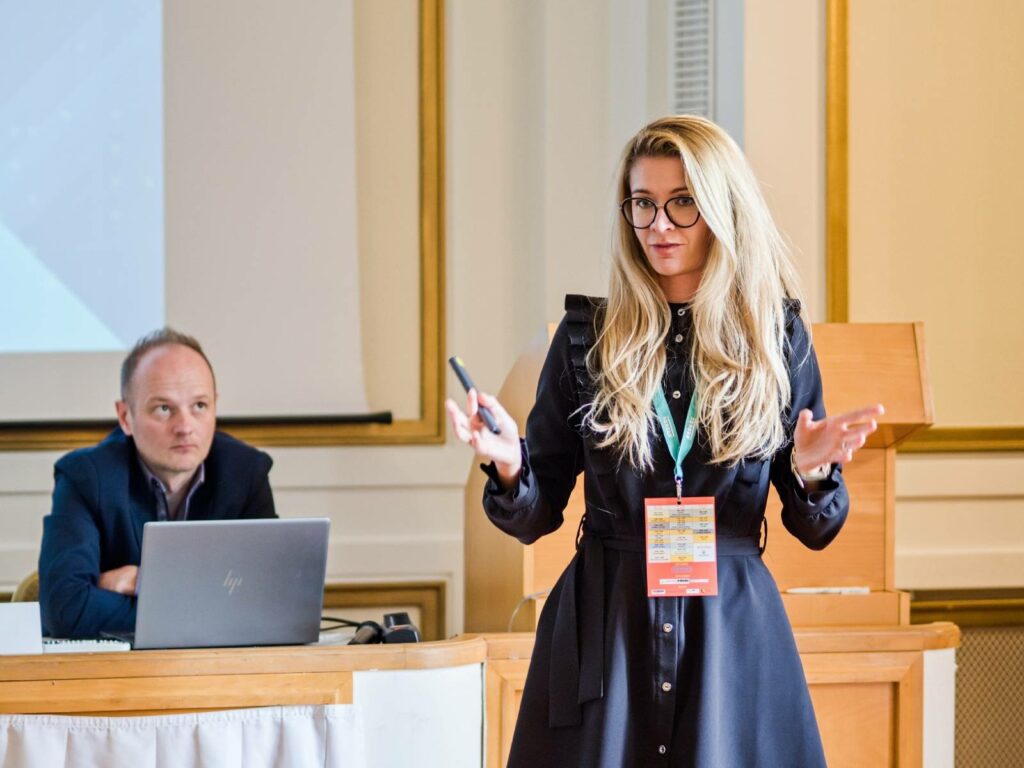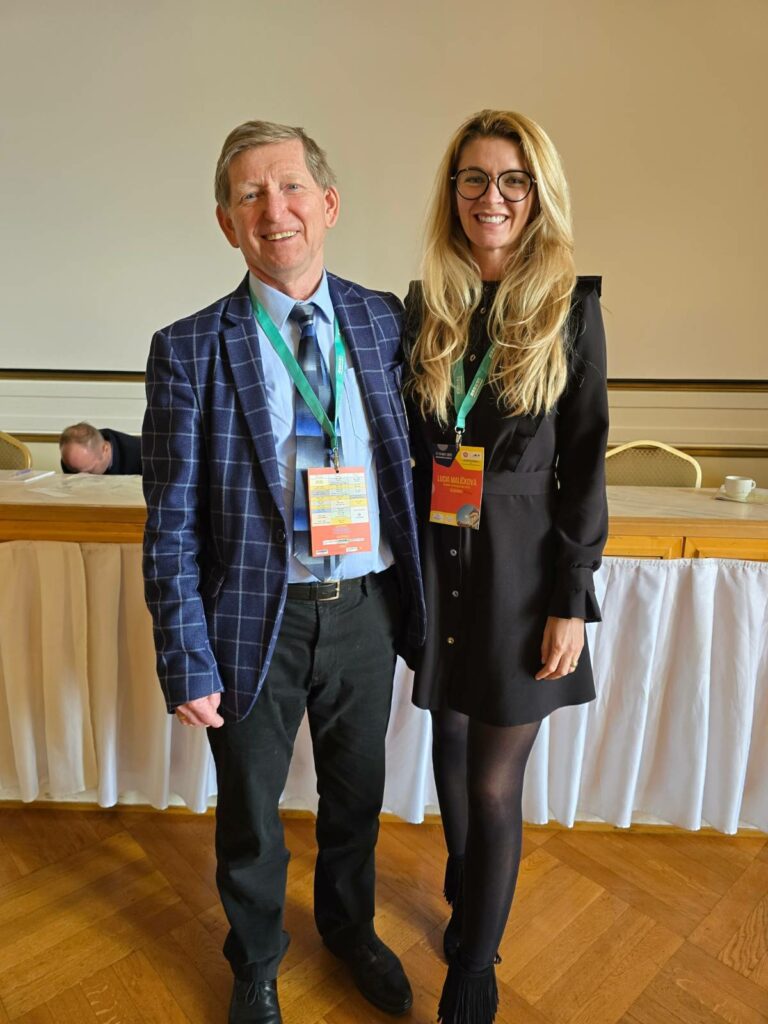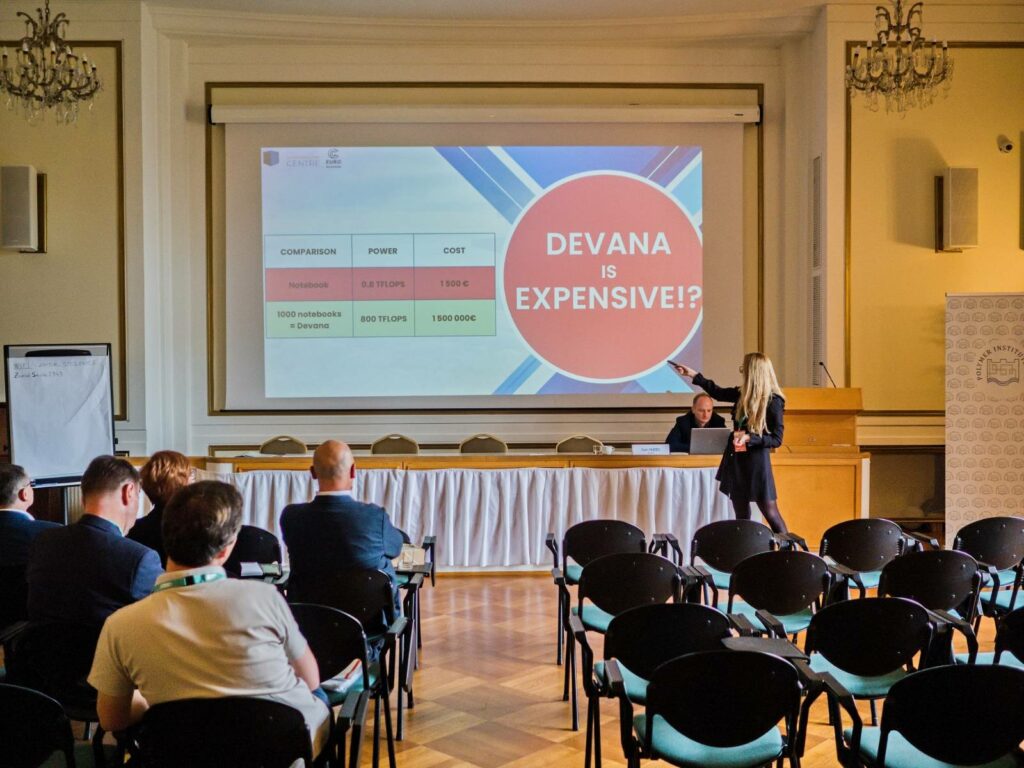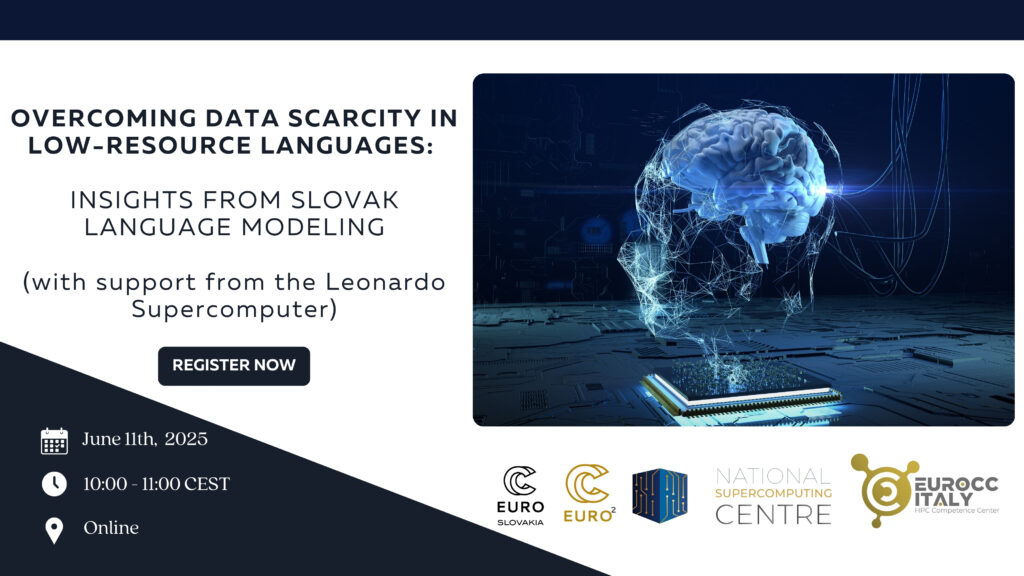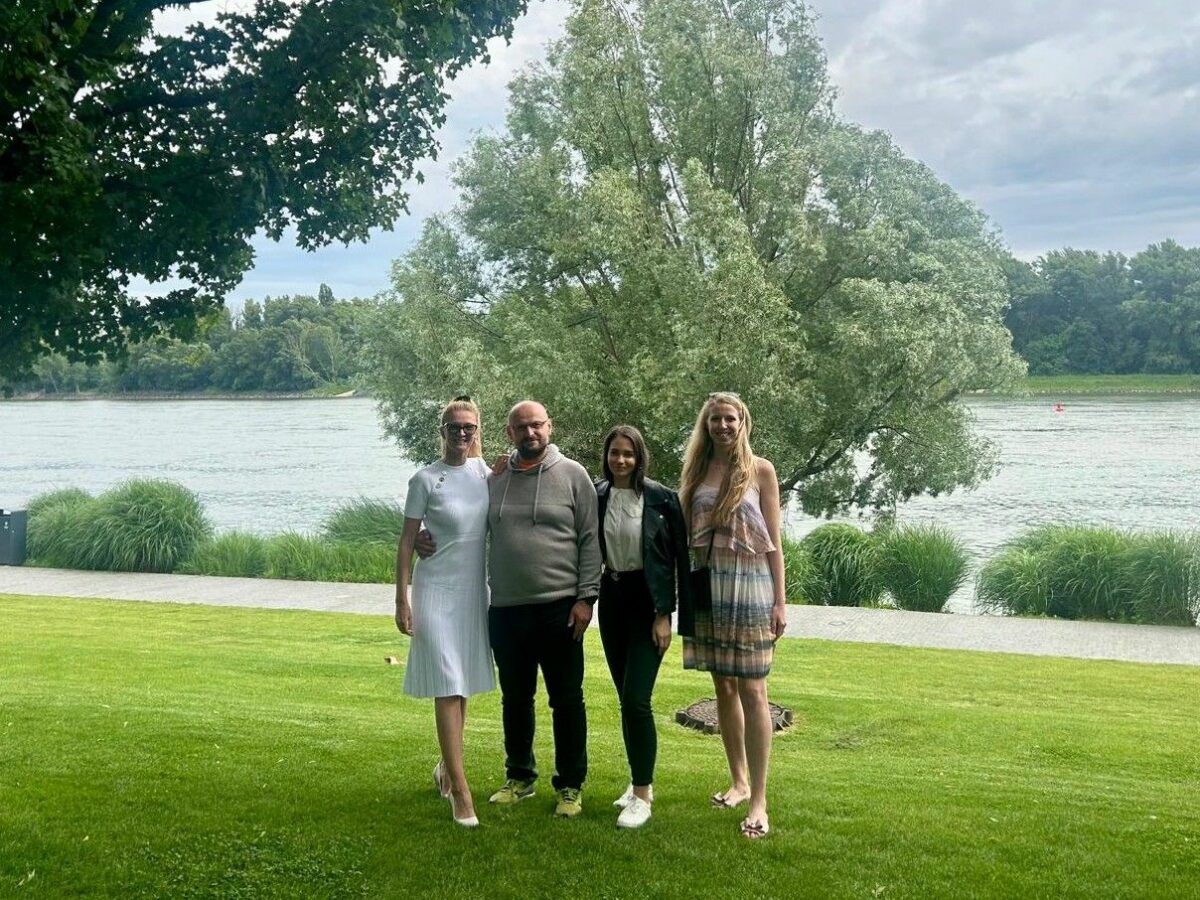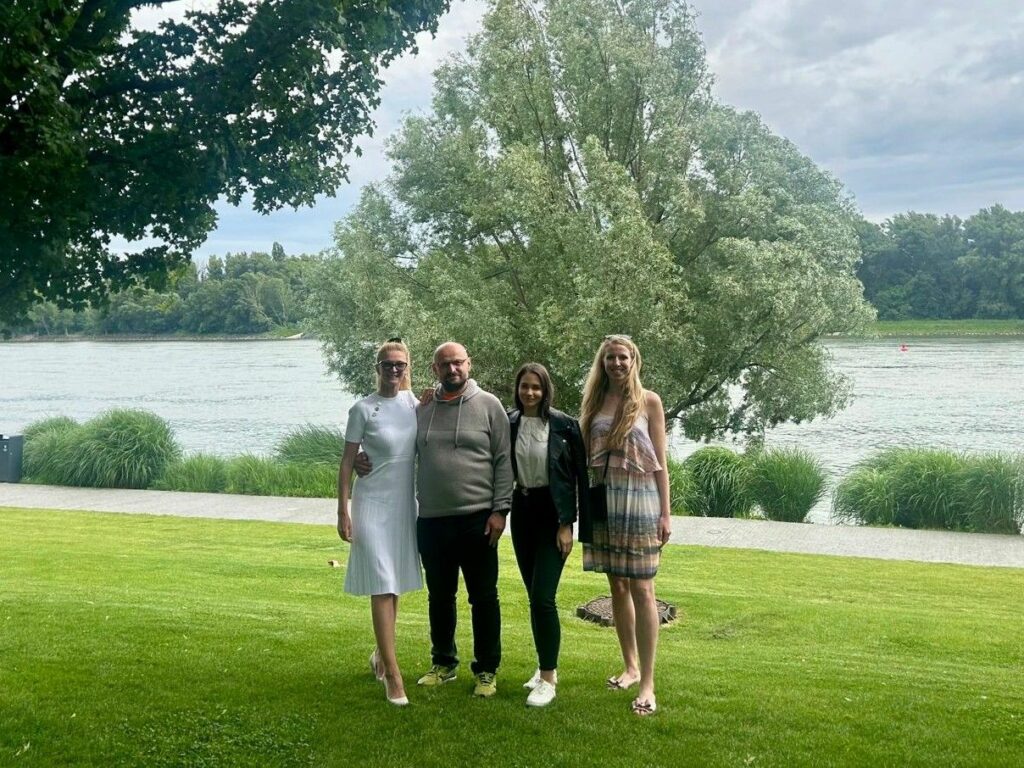Data, Theology and HPC: A Collaboration Seeking Paths to Understanding
Continuing our collaboration with the Faculty of Theology at Trnava University! The National Supercomputing Centre (NSCC) and the National Competence Centre for HPC will continue their collaboration with the Faculty of Theology at Trnava University in 2025. Following a successful joint study that demonstrated the potential of artificial intelligence and high-performance computing in the analysis of religious texts, representatives of both institutions met again to identify new areas and opportunities for future joint projects.
The current collaboration focuses on leveraging high-performance computing to analyze texts that shape social and cultural discourse. The aim is to uncover patterns of thought within various religious and societal groups and to explore pathways toward mutual understanding.
Thanks to the capabilities of large language models, we are able to simulate scenarios of social reconciliation. Starting this autumn, students of the Religious and Cultural Mediation program will also actively participate in the research, working directly with the data and learning to interpret its societal impact.
Lucia Malíčková, Milan Urbančok, and Jozef Žuffa recently met at the faculty to discuss opportunities for connecting big data analysis with socio-theological research. This continues our collaboration aimed at gaining deeper insights into phenomena that create tension in today’s society — from questions of identity, the relationship between spirituality and secularism, through migration and ecology, to the issue of truth and disinformation.
The outcome will be interdisciplinary results that aim to enrich not only academic discourse but also broader societal dialogue. In this context, artificial intelligence becomes a tool for understanding — analyzing the language, discourses, and meaning frameworks of different groups, and helping to uncover new ways to foster meaningful social conversations.
In this way, we are cultivating a space where theological reflection, social engagement, and technological innovation meet — all in the service of easing tensions and seeking shared solutions.
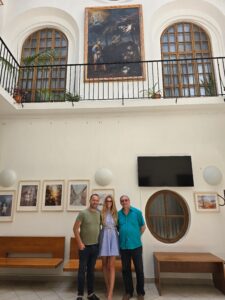 Data, Theology and HPC: A Collaboration Seeking Paths to Understanding 8 Jul - Continuing our collaboration with the Faculty of Theology at Trnava University!
The National Supercomputing Centre (NSCC) and the National Competence Centre for HPC will continue their collaboration with the Faculty of Theology at Trnava University in 2025. Following a successful joint study that demonstrated the potential of artificial intelligence and high-performance computing in the analysis of religious texts, representatives of both institutions met again to identify new areas and opportunities for future joint projects.
Data, Theology and HPC: A Collaboration Seeking Paths to Understanding 8 Jul - Continuing our collaboration with the Faculty of Theology at Trnava University!
The National Supercomputing Centre (NSCC) and the National Competence Centre for HPC will continue their collaboration with the Faculty of Theology at Trnava University in 2025. Following a successful joint study that demonstrated the potential of artificial intelligence and high-performance computing in the analysis of religious texts, representatives of both institutions met again to identify new areas and opportunities for future joint projects. Digital Twins of Society: HPC-Powered Simulations 25 Jun - Join us for a thought-provoking webinar exploring how artificial intelligence and multi-agent simulation technologies are helping researchers understand and predict complex societal dynamics. This session brings together leading experts in cultural cybernetics, cognitive modeling, and national-scale digital twin simulations.
Digital Twins of Society: HPC-Powered Simulations 25 Jun - Join us for a thought-provoking webinar exploring how artificial intelligence and multi-agent simulation technologies are helping researchers understand and predict complex societal dynamics. This session brings together leading experts in cultural cybernetics, cognitive modeling, and national-scale digital twin simulations. Strengthening EuroCC ties: NCC Slovakia visits FCCN in Lisbon 24 Jun - On June 24th, representative of NCC Slovakia, Božidara Pellegrini, met with colleagues from NCC Portugal at the headquarters of FCCN – Fundação para a Ciência e a Tecnologia in Lisbon.
Strengthening EuroCC ties: NCC Slovakia visits FCCN in Lisbon 24 Jun - On June 24th, representative of NCC Slovakia, Božidara Pellegrini, met with colleagues from NCC Portugal at the headquarters of FCCN – Fundação para a Ciência e a Tecnologia in Lisbon. 
